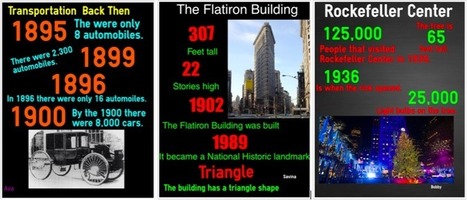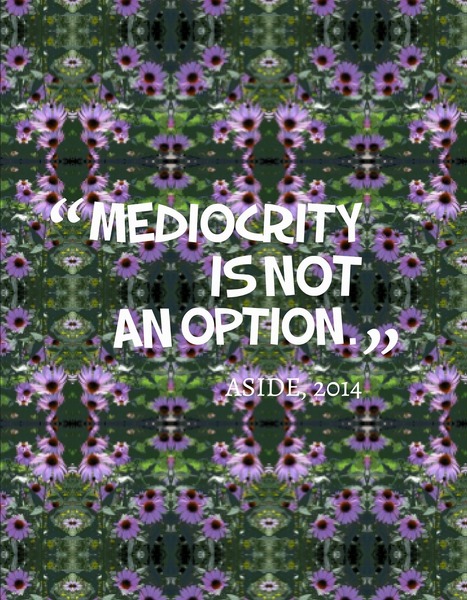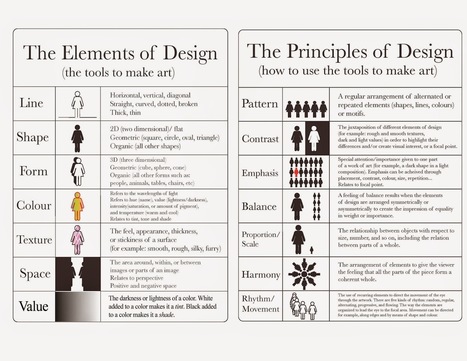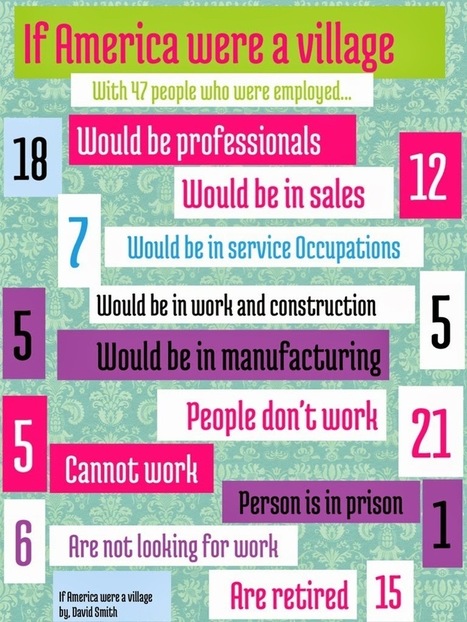"For the past four years, we’ve been using infographics with our students at different grade levels. This year, our second graders were studying New York City to make comparisons between its historical past at the turn of the last century with today. Instead of the typical presentation poster, they made infographics using the Easelly app."
Research and publish the best content.
Get Started for FREE
Sign up with Facebook Sign up with X
I don't have a Facebook or a X account
Already have an account: Login
Tech tools that assist all students to be independent learners & teachers to become better teachers
Curated by
Beth Dichter
 Your new post is loading... Your new post is loading...
 Your new post is loading... Your new post is loading...
|
Paul Macmullen's curator insight,
October 21, 2014 6:32 PM
Useful reference for a graphically challenges creature of language such as myself :-)

Ness Crouch's curator insight,
July 2, 2015 10:20 PM
Visual and linear learning design should come together to create a learning tool. Infographics are an example of this.

The Rice Process's curator insight,
January 29, 2014 7:34 AM
Designing visual representation of information is more than translating words to pictorials. The construction involves filtering the information, drawing relationships, revealing patterns and representing the information as meaningful content. |














Can 2nd graders create infographics? Based on this post from ASIDE the answer would be yes! The students were able to Easel.ly and create 8 infographics that show their understanding of New York City at the turn of the century and today. Consider trying a similar project with students in your classroom (and make sure to learn to use Easel.ly before you introduce it to your students!).